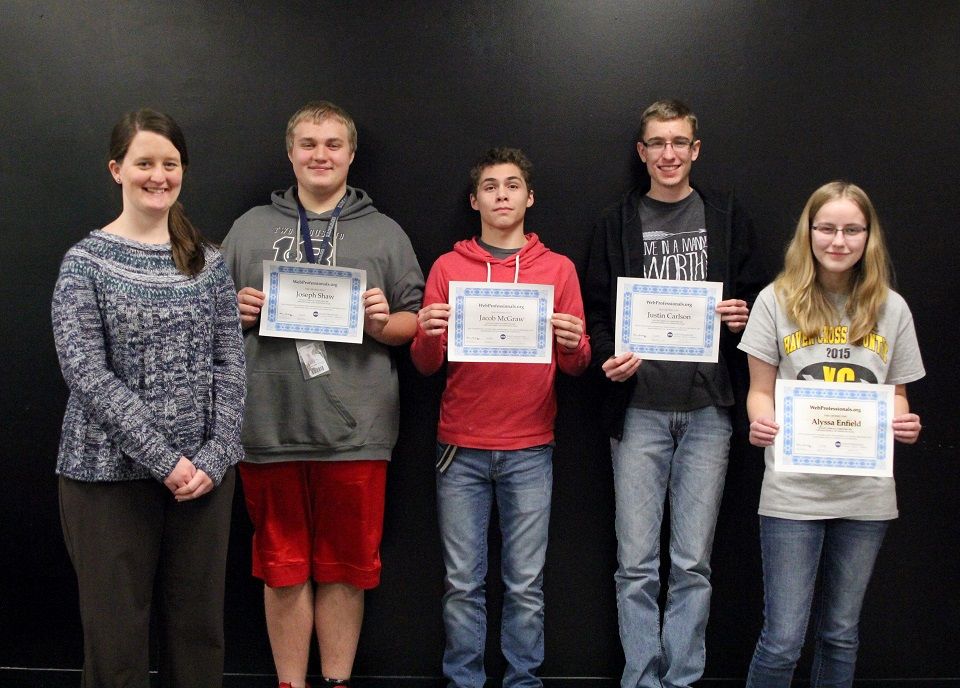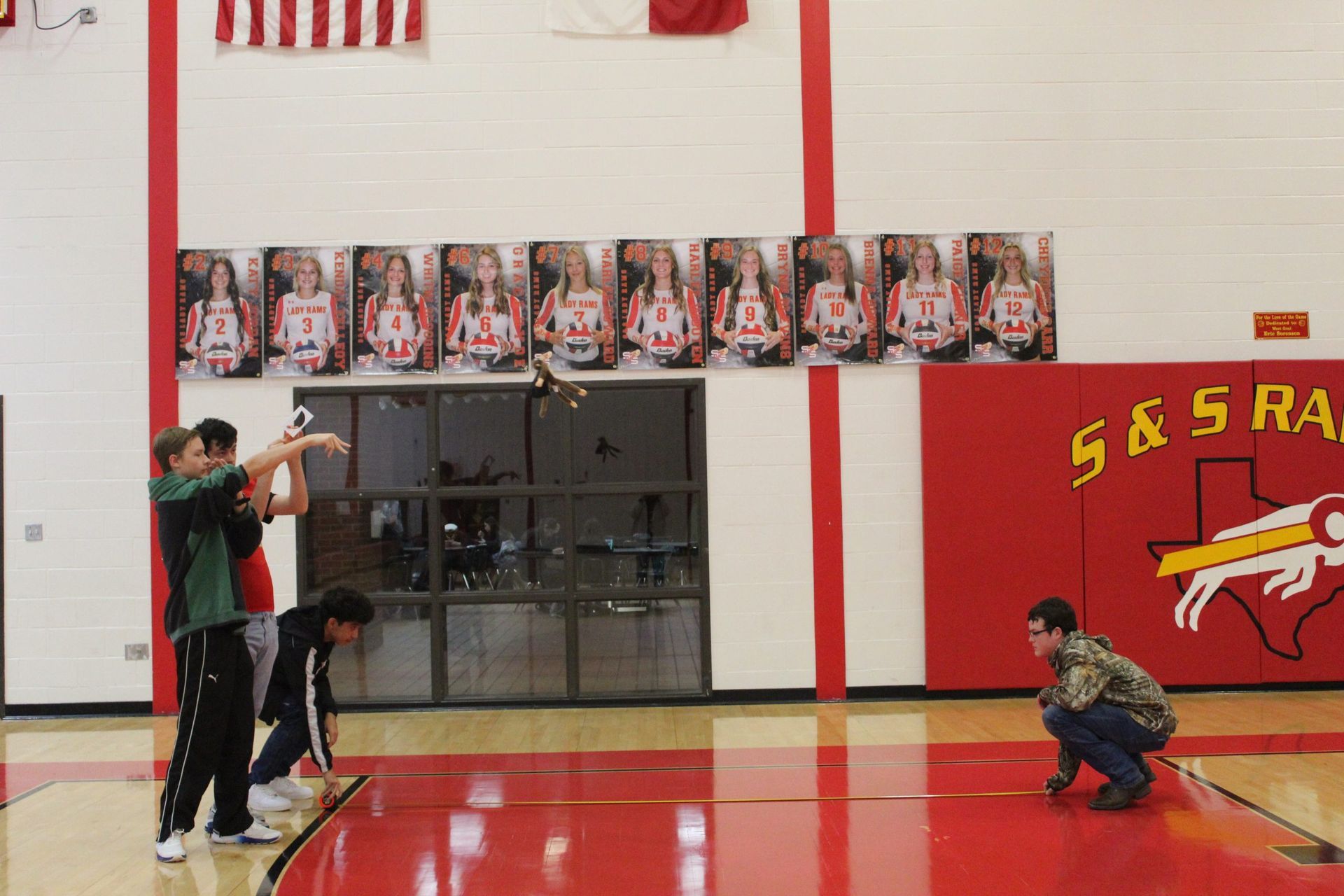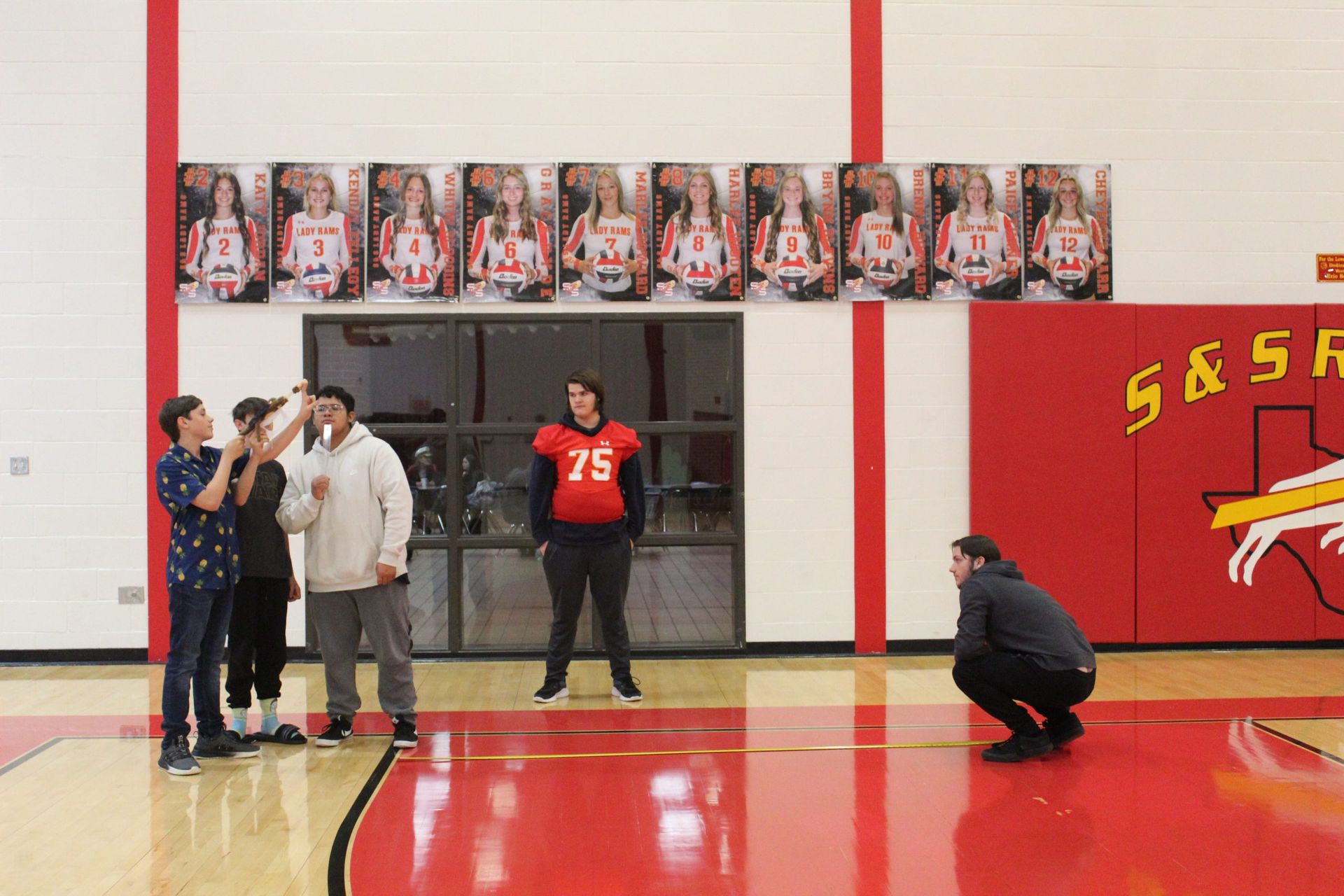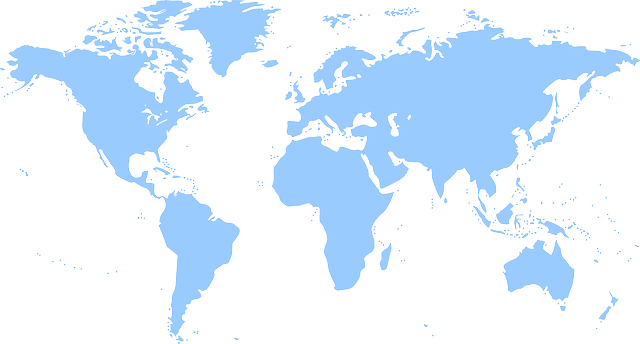Blog
When Game Design and Science Collide
Today we are highlighting one of our classes in Texas that is doing great things with our Web Game Design course. Tracy Curry is the Technology Teacher and Yearbook Advisor at S&S Consolidated ISD in Sadler, TX who is teaching the course to her students.
The Web Game Design course teaches students about all aspects of game design including game-level design, game mechanics, game story, game music, sound effects, asset creation, and more. Students also learn about branding and marketing strategy, personal leadership, ethics in the workplace and more. This approach prepares students with not only the technical skills but also the soft skills that so many employers look for. Students finish the course with a well-rounded understanding of game design as well as real-world portfolio projects.
The Flying Monkeys section of the Web Game Design course teaches physics, which game design almost always involves. As Tracy’s students worked through this section of the course, they went to the gymnasium to “fly” some stuffed monkeys, record data and then analyze the flight characteristics so they could see how data can be used to predict actions in the real world. The students later used this data when creating their games. The students loved the activity, and it gives teachers like Tracy the opportunity to share how they are teaching a game curriculum that has the science aspect of STEAM education front and center.
The whole curriculum is a project based learning experience; however, later in the curriculum the students take part in a project with a twist. The project is story-based and first-person and includes a customer, co-workers, bosses, mentors and the students living the design process.
Students also have the opportunity to earn industry-recognized Web Game Designer certifications backed by the industry group Web Professionals Global . These certifications are created by industry professionals and underwritten by a consortium at no cost to the school, students or teachers. This partnership between CTeLearning and the Web Professionals Global Organization gives Tracy’s students the chance to earn their certifications step by step as they go through the course, with no big exam at the end.
Hear From the Teacher
Tracy talked about working with CTeLearning: “I got tapped to teach game design. This is my first year teaching this curriculum, so I was really nervous because I’m not a video game person. For me as a teacher, it’s been very easy. I’ve been working through the course and it has been easy for me to stay a couple of steps ahead of my students. I often have students that come by the room and are jealous because they’re not in the class. They ask me when they can take the class, and so I encourage them to sign up next year. I was a little bit worried about the coding part of it, but the kids not having coding experience isn’t a problem. The CTeLearning curriculum does a great job establishing the basics. Everything is so self explanatory, and the students love the interactive tutorials and sandboxing. I typically worry about pacing a course, but the CTeLearning team has done a great job reassuring us that we are on track.”
Tracy also talked about the sequence of the curriculum: “The text adventure is a great place to start. The students are really getting into it and writing these great stories. Again, this shows how multidisciplinary our CTE program is. My students are creating interactive fiction, and a story that becomes a game. They love doing creative writing but do not realize it since they just think they are making a game. Students will be students and a few are doing just the minimum, but most of my students are doing more elaborate games. Overall, they love this class. If you are lucky enough to teach something students love, it is what every teacher wishes for.”
Tracy talked about what really excites her about teaching the curriculum: “One of the best parts is these different professional voices inside the curriculum speaking to the students about careers. It’s not just abstract coding, because students hear from professionals about what it is like on a day-to-day basis as a game designer. I like how the curriculum teaches both industry skills and soft skills. This curriculum really helps my students get a better idea and a better feel for what the career demands and whether they might want to try to go down this career pathway. I especially like that one section that we just finished about different game design careers. I think it puts little nuggets in their heads going forward in the curriculum for them to analyze from different job titles within the video game design career cluster. One other thing that is different about you guys is that no one else gives me the same level of support. I really, really appreciate that, and it’s a valuable part of what you all bring to my classroom.”
She also talked about how her administration has supported the course: “T he way I found CTeLearning is unique in that we used to teach Video Game Design a few years ago, but it hasn’t been offered in quite a while. It was important to me to find courses that our students wanted to take, so we created a survey for our students. Video Game Design was at the top of their list of desired courses. I began researching and looking for a curriculum and started digging through my file cabinet and found one of CTeLearning’s original VGD curricula! Then I contacted Steve and got a quote. When the Director of Student Services for S&S CISD, Lance Johnson, found out that there are industry certifications connected to the curriculum, he was impressed and approved my request. Not only am I lucky at the district level, but my students and I are so fortunate to be supported by our great admin team here at the high school including Principal Jorge Rubio and Assistant Principal Randy Miller. Both of these administrators fully support and endorse the class.”
Steve Waddell, founder and lead developer of CTeLearning, said this about working with Tracy and her students: “We are so thrilled to see all that Tracy’s students are accomplishing. One of the things we enjoy most about our work is seeing students get excited about the course and tell their friends about it. This creates a buzz around the course, and new students enter the classroom eager to learn. These students are learning skills as well as earning certifications that will translate to whatever they do next, whether it be educational or professional pursuits. We live vicariously through our teachers. We enjoy training, supporting and building relationships. We have teachers that retired years ago that we still regularly talk to. It is just so much more fun to work alongside your friends. The Flying Monkeys activity is one of the activities that I came up with, so I love getting pictures from our teachers when they are flying the monkeys so I can share with our team members who came up with it. And we are so thankful to the Web Professionals Global Organization for partnering with us to make these industry credentials obtainable for high school students. They are an organization that truly lives their motto of Community, Education and Certification.”
Learn More About our Web Game Design Course
Get your students engaged and excited about possible career pathways with our innovative Web Design Course. Contact us directly today at 913-764-4272 or swaddell@ctelearning.com to schedule your free 20-minute demo.
Share To
Get in touch with us today!
You can book a demo directly using Calendly, call us directly at 913-764-4272 or 877-828-1216, or submit the form and we will reach out to you.
We look forward to helping you and your students.

Most Recent Posts






